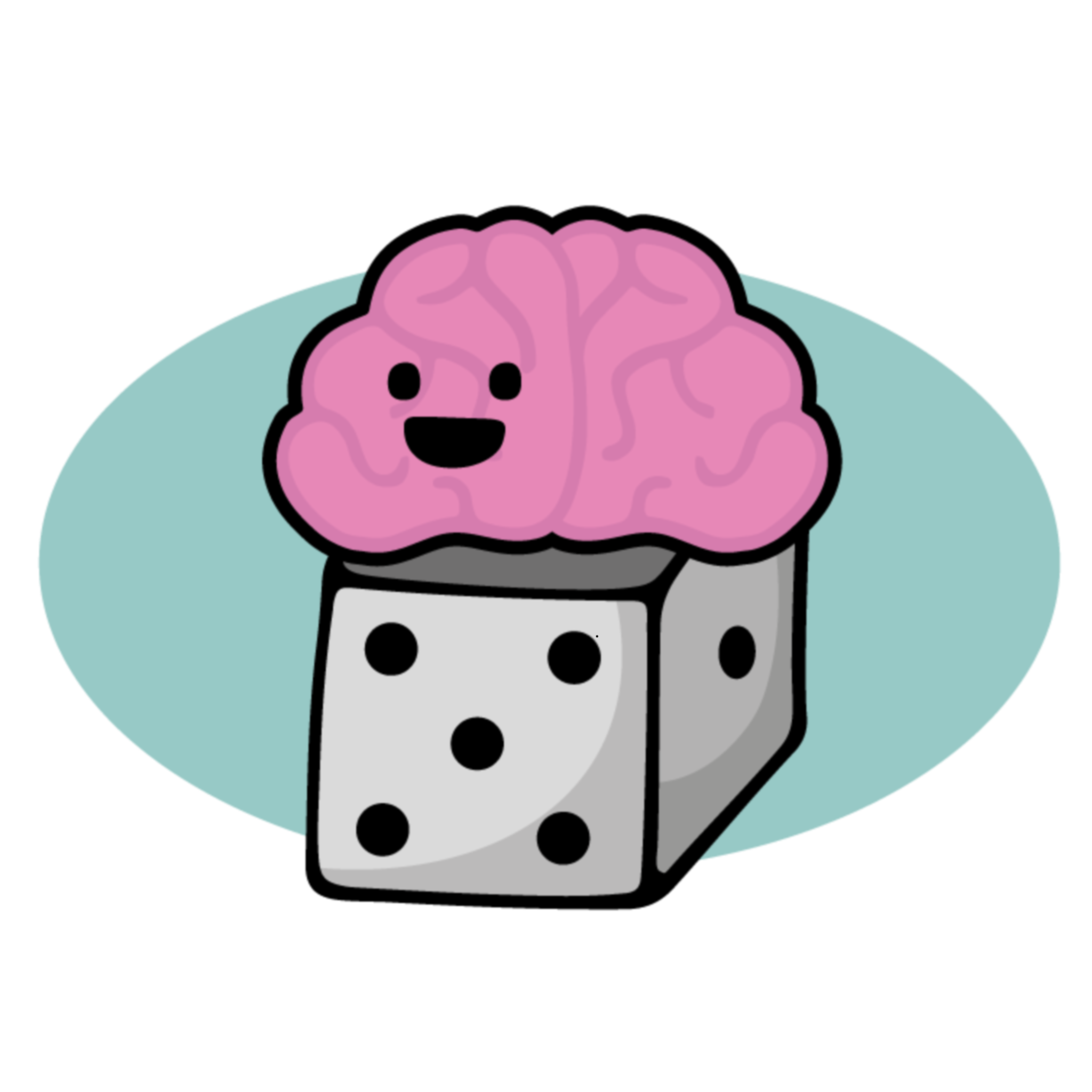Childhood Anxiety, Part 4: Controlling reactions to stress
 When I'm worried about something, it's more than a feeling - it's a physical sensation, and it isn't pleasant. My clenched jaw and the tightness between my shoulders always come along when I'm feeling stressed. Other people might feel their heart race or their hands become sweaty. Sometimes these physical reactions lead people to feel more anxious. Someone who is having a panic attack might interpret their racing heart as a signal that they're going to die! Many of us learn to recognize how our bodies react to stressful situations, and hopefully we've learned to manage both the stress and the effect it has on us physically. That learning takes time, though, and anxious kids are often unaware of their body's stress signals.
When I'm worried about something, it's more than a feeling - it's a physical sensation, and it isn't pleasant. My clenched jaw and the tightness between my shoulders always come along when I'm feeling stressed. Other people might feel their heart race or their hands become sweaty. Sometimes these physical reactions lead people to feel more anxious. Someone who is having a panic attack might interpret their racing heart as a signal that they're going to die! Many of us learn to recognize how our bodies react to stressful situations, and hopefully we've learned to manage both the stress and the effect it has on us physically. That learning takes time, though, and anxious kids are often unaware of their body's stress signals.
On Tuesday, I wrote about Cognitive Behavioural Therapy, or CBT, and how many therapists teach their clients to pay attention to their thoughts, their physical reactions, and their behaviour when they feel anxious. Changes in one or more of these areas is thought to help people to feel better. Yesterday, Dr. G posted some ideas about anxious thought patterns, but how can kids manage their body's response to stress?
As I said above, many kids are unaware of their response to anxiety. It can be helpful to talk about it. In Part 2 of this series, we wrote about how parents can discuss with their children the variations in the severity of their worry - they can include the physical responses as well. If Billy is so afraid of being stung by a bee that he refuses to go outside, he might be able to explain what it's like for him to think about going out. Maybe his breathing changes, or his heart races in response to his extreme fear. But what if he's only a little bit nervous around other bugs? These reactions to lesser stress can help you and your child learn to recognize signs of anxiety before the fear becomes extreme. Once your child is aware of their body's signals, he or she has an opportunity to control them.
I think slow, deep breathing is important when people are feeling anxious. When you're stressed, breathing often becomes rapid and shallow, resulting in an increased heart rate that the brain might interpret as a further increase in anxiety. If kids can learn an exercise to manage their breathing before they become panicked, they might be able to keep their heart rate down and feel more control over the situation. Daily practice of deep breathing exercises can make it easier for children to notice changes in their breathing when they start to feel worried, allowing them to use the techniques in times of stress. As we wrote last year, at least one psychologist believes that blowing bubbles can be a helpful breathing exercise when people are stressed; the slow, controlled breathing required to make a bubble is exactly the kind of breathing recommended in CBT!
One exercise that kids sometimes enjoy involves a combination of breathing and visualization. The child has to think about their favourite colour, and their favourite Jello flavour. Then they imagine a balloon in their belly (their favourite colour balloon) and a spoonful of Jello in front of their mouth. They have to breathe in slowly to fill up the balloon, and then they breathe out slowly so the Jello doesn't wiggle off the spoon! I often ask kids to think about how they feel before their deep breath, and again afterwards. This encourages them to notice the physical changes that accompany a relaxed feeling, and increased awareness can help kids to gain control over their physical reactions more easily. There are many similar breathing techniques and other relaxation exercises in The Relaxation & Stress Reduction Workbook for Kids
A word of caution is in order, though, for parents who want to teach their kids breathing or relaxation exercises. People who are prone to panic attacks may be extremely alert to their body's signals, and changes in breathing or heart rate might precipitate a panic. Consult a physician or a therapist before beginning a relaxation program.
Tommorow, I'll be writing about behaviours that are linked to anxiety, and how to help kids engage in effective coping behaviours.
Read Childhood Anxiety Part 1, Part 2, and Part 3.
Vote for The Family Anatomy Podcast at Podcast Alley and for the blog at Blogger’s Choice!
Note: Posts on Family Anatomy are for education only. If you need to talk to someone about family or mental health issues, you can get a referral from your family doctor.
